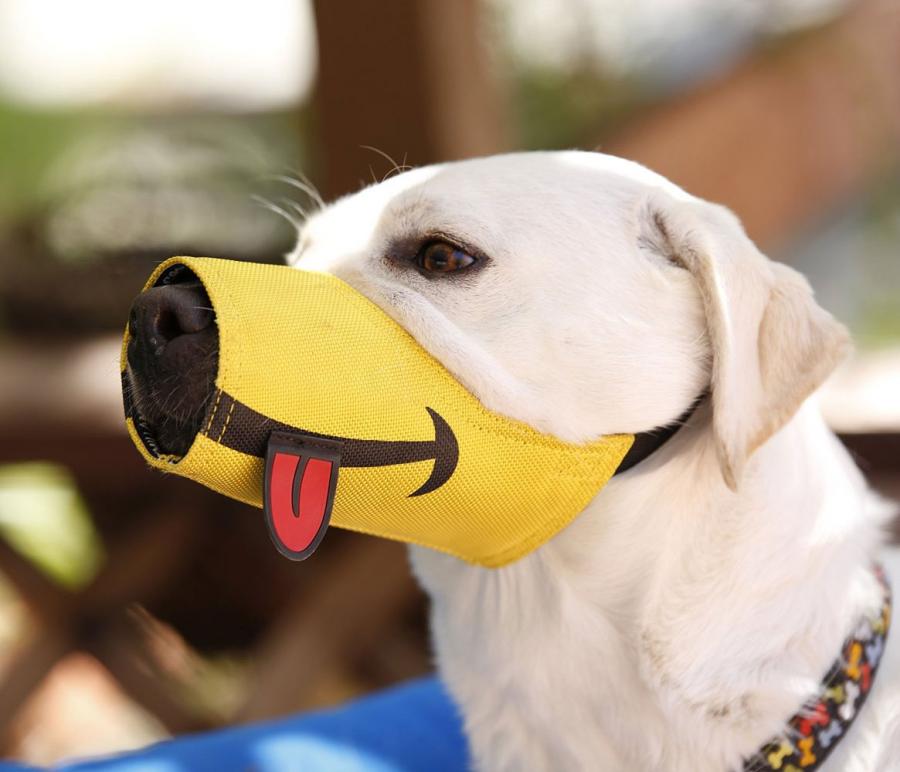The most important thing is keeping all dogs on-leash in public areas. Technically, you can't make any person not feel afraid. But a leash will do a lot to reassure someone who is frightened or concerned, so they know they can maintain a physical distance according to their comfort level.
Some folks, such as myself, are highly allergic to dogs. Many times, I have been completely accosted by off-leash dogs and told by their owner, "Don't worry, they're friendly" as if that makes it all okay. I love dogs, but as you might imagine, it's really frustrating to have to cut an excursion short to go shower off the allergens and change clothes before I get (too) sick. In my case, the fact that your dogs are extra-friendly just means they'll be even better at covering me with the stuff that will force me to go home sick instead of enjoying my day off. :\
I've also known some people who have had a traumatic experience with a dog, and sadly, are going to be afraid of any dog no matter how sweet or friendly. Some people are autistic and just don't like to be touched by anyone. Young children may be startled to encounter an unfamiliar dog, and become terrified when they realize there is nothing to stop it from jumping on them if they back away. Etc., etc.
In all of these cases, it's not a personal thing against you and your dogs -- honest! So please don't take it that way. There are just some people who, for whatever reason, won't want to get up close and personal with your dogs -- and that's okay. There's no need for you to prove how friendly your dogs really are, or for us to explain why we don't want physical contact. For people like us, the best reassurance of all is that your pups are on-leash, so that we are free to initiate contact (or not) on our own terms, as our needs allow.
Peace.

